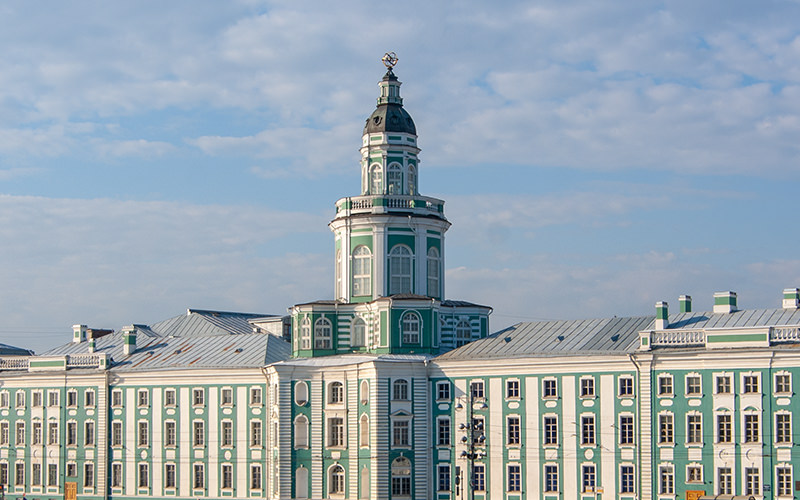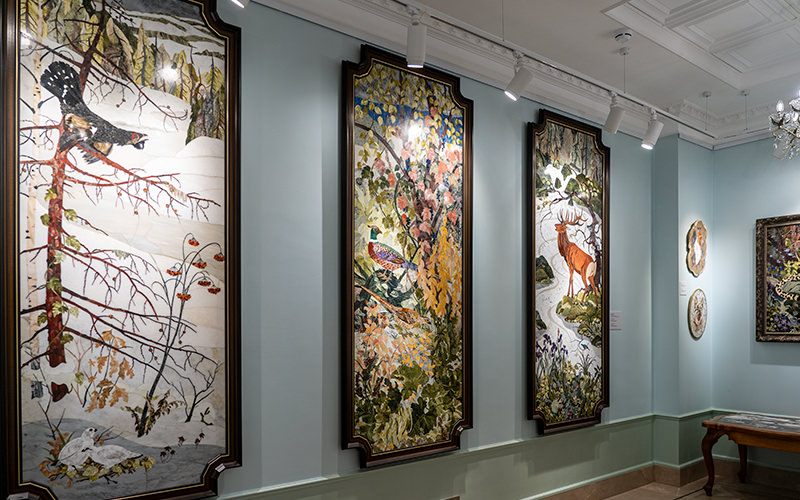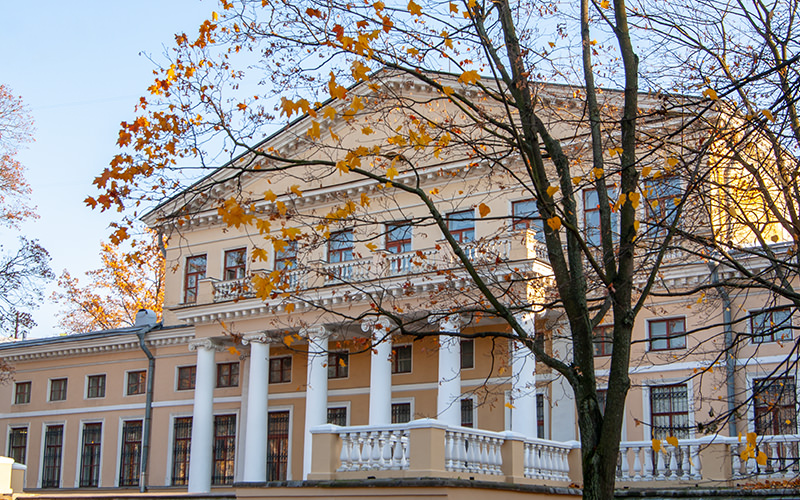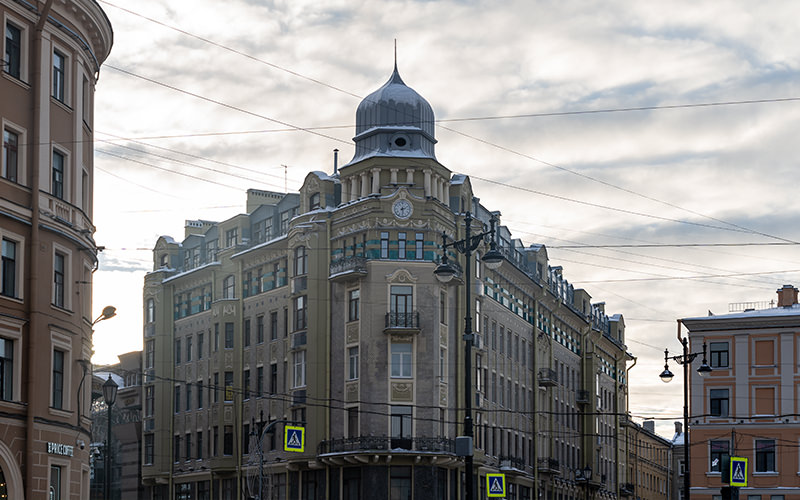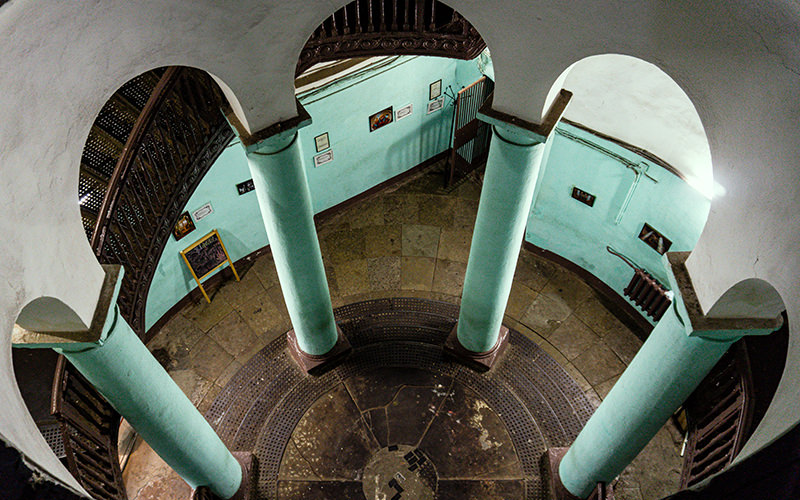The Central Museum of Railway Transport in Saint Petersburg, with a history spanning more than two centuries, is undoubtedly of interest to both transport history enthusiasts and travelers interested in Russian history. The museum is located in the very heart of St. Petersburg, and its collection includes over 50,000 exhibits.
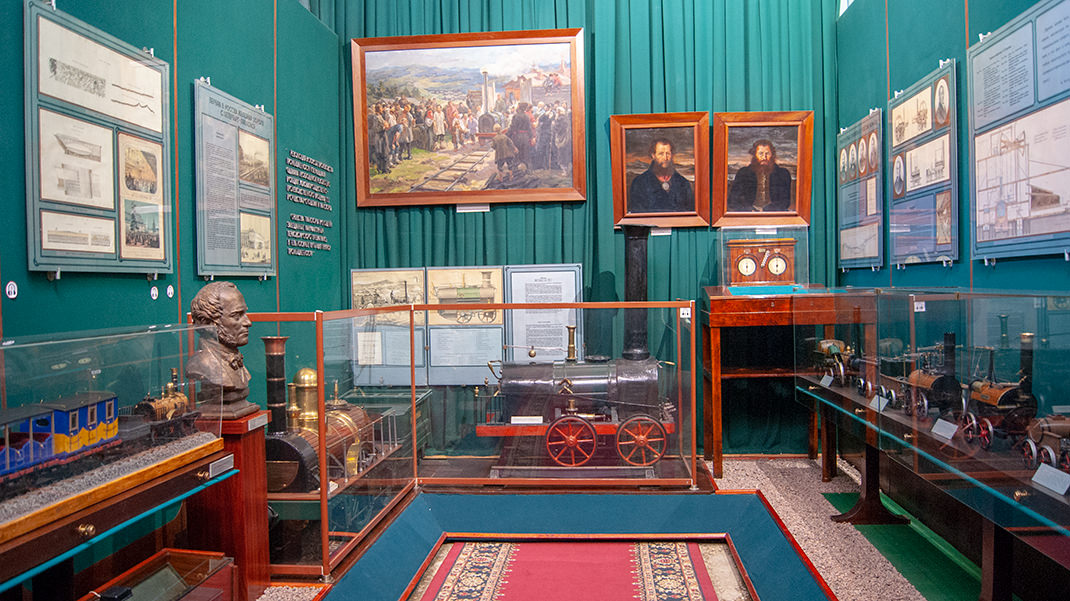
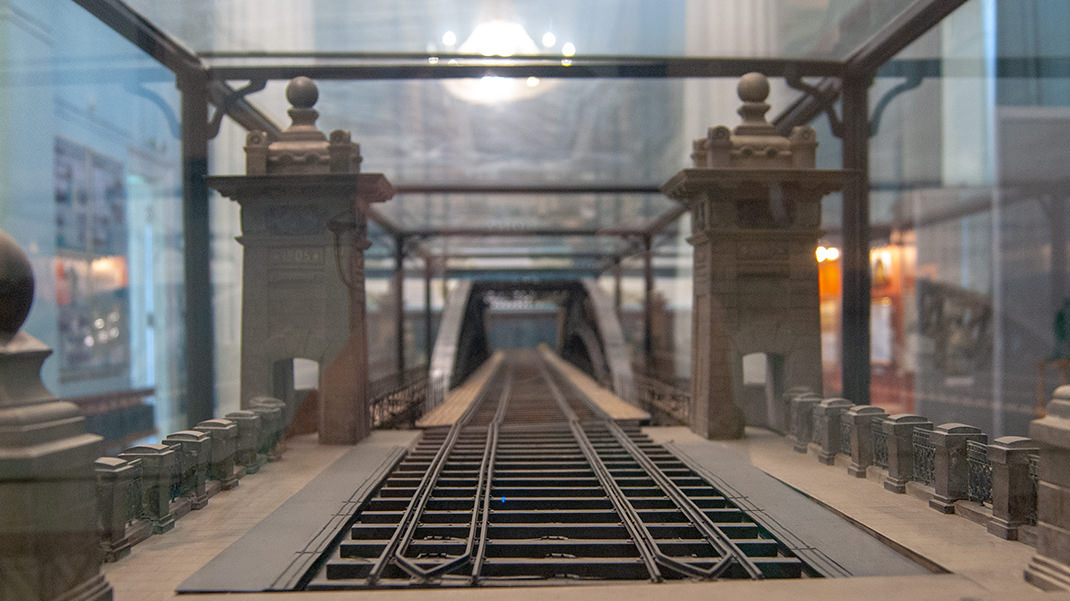
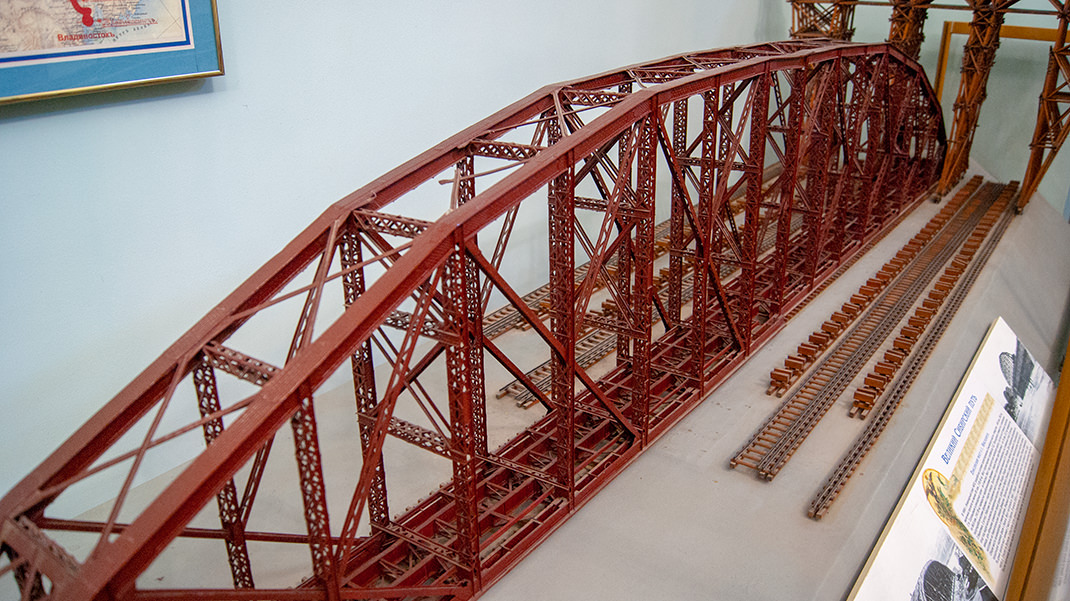
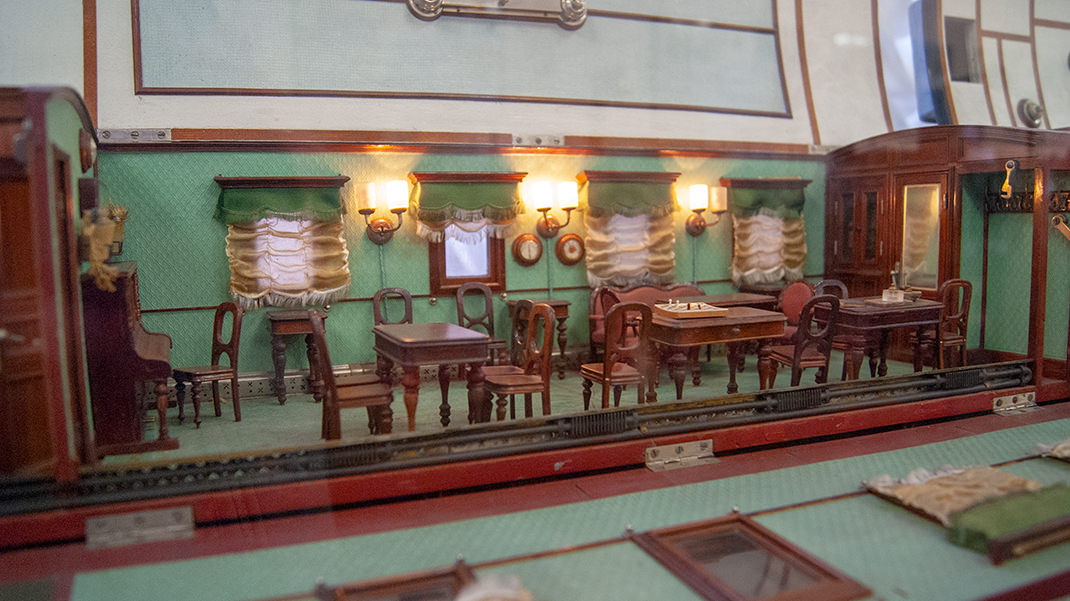

How to Get There
The museum is located 300 meters from the "Spasskaya — Sadovaya — Sennaya Ploshchad" metro interchange station. After exiting the metro, walk along Sadovaya Street (even-numbered side). The museum's address is 50 Sadovaya Street.
The adult ticket price is 300 rubles. Credit cards are accepted at the ticket office.
Please note that photography is an additional cost of 200 rubles. This applies not only to professional photographers; even if you want to take pictures with your phone, you will need to pay this fee. After payment, you will receive a sticker at the ticket office confirming the right to take photos, which you can attach to your camera or clothing.
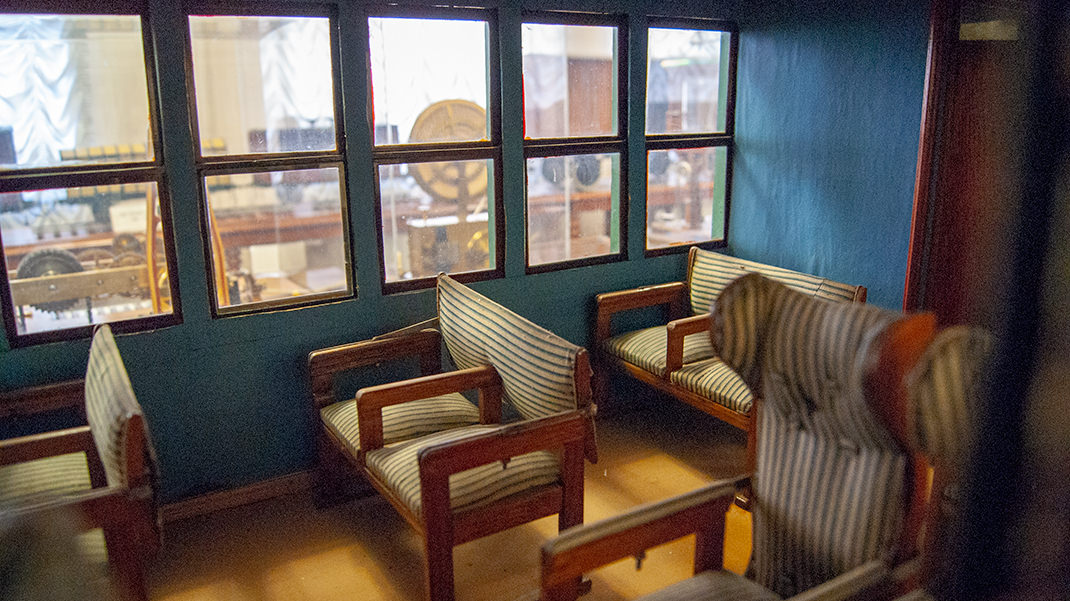

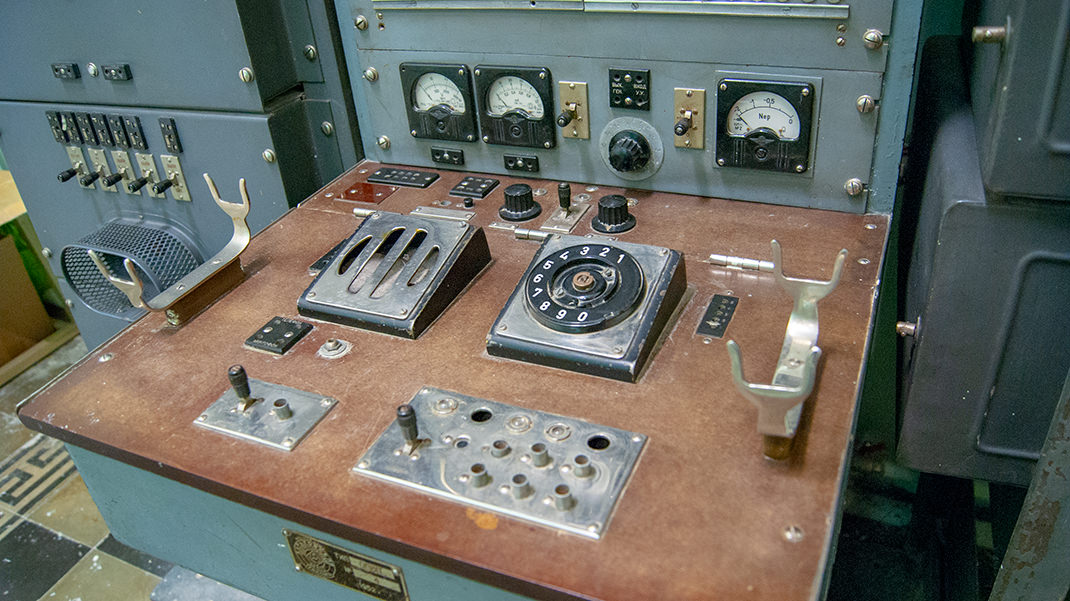
History of the Museum
The Central Museum of Railway Transport was founded in 1813 as a repository for the models of the Corps of Engineers of Communications.
Initially, the exhibits were housed in the Yusupov Palace, and in 1823, the collection was moved to a separate building on Obukhovsky (now Moskovsky) Prospect. That same year, the collection officially became a museum. In 1851, the exhibits were moved again to the main building of the institute. It wasn't until 1901 that the modern building on Sadovaya Street was established.
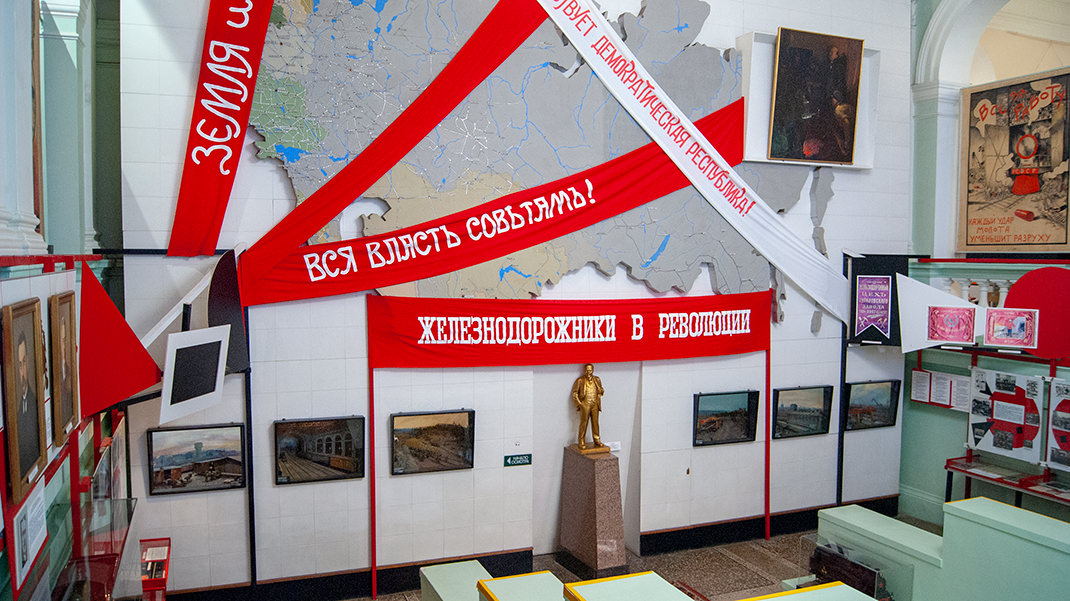

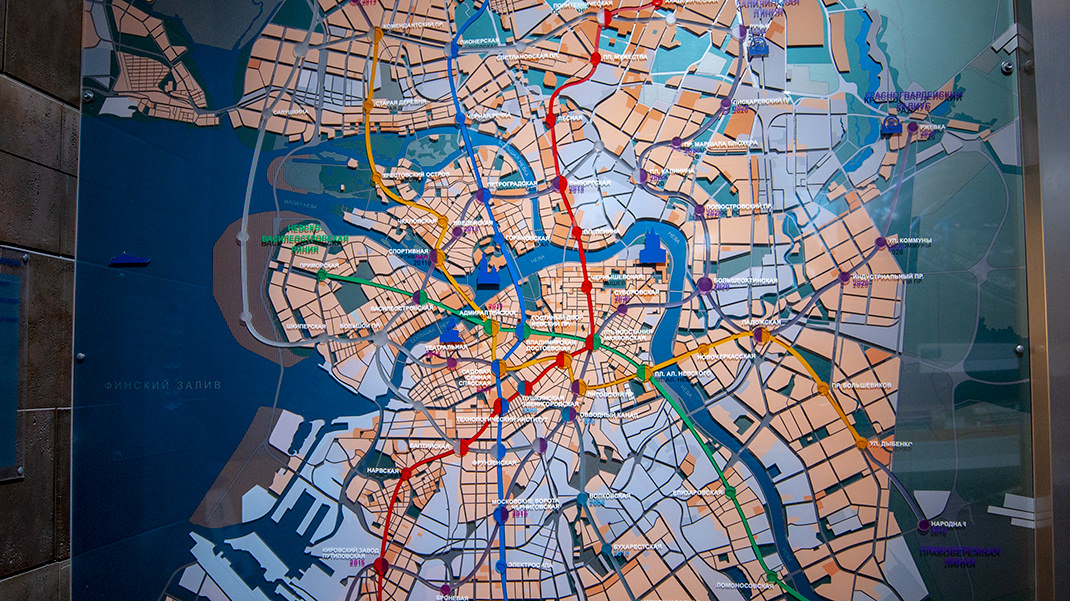
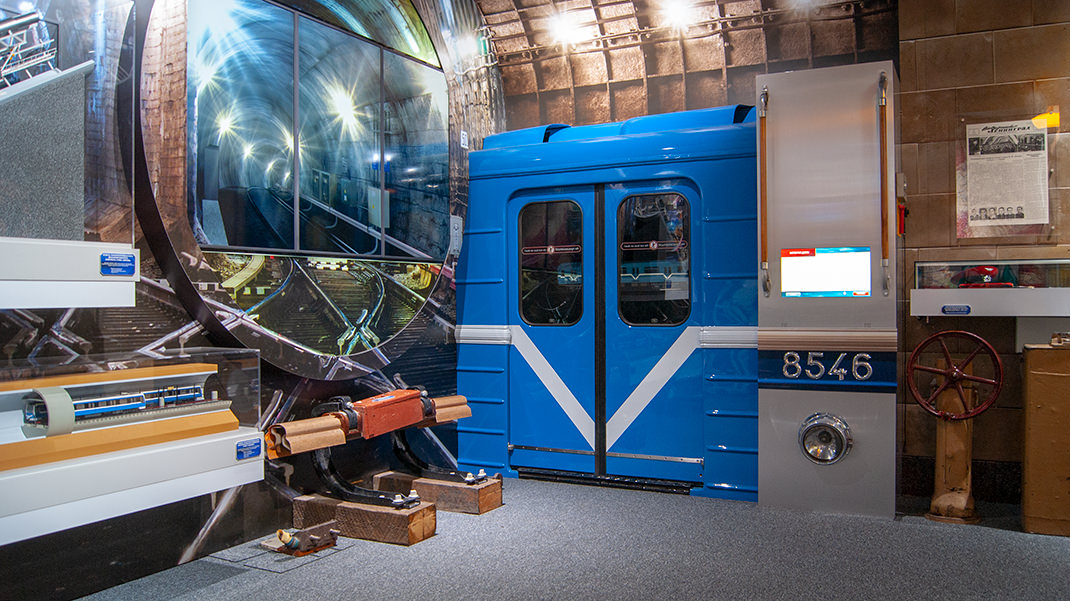

In 1859, a decree was issued stating that all Russian institutions involved in construction were required to send models and drawings of their projects to the museum. As a result, the museum's collection was continually updated with new exhibits. During the Soviet era, the museum underwent various reorganizations, and parts of its collection were often transferred to other institutions.
Today, the museum has two branches: the "Bridge Museum" and the "Rolling Stock Exhibit" in the village of Lebyazhye in the Leningrad region.

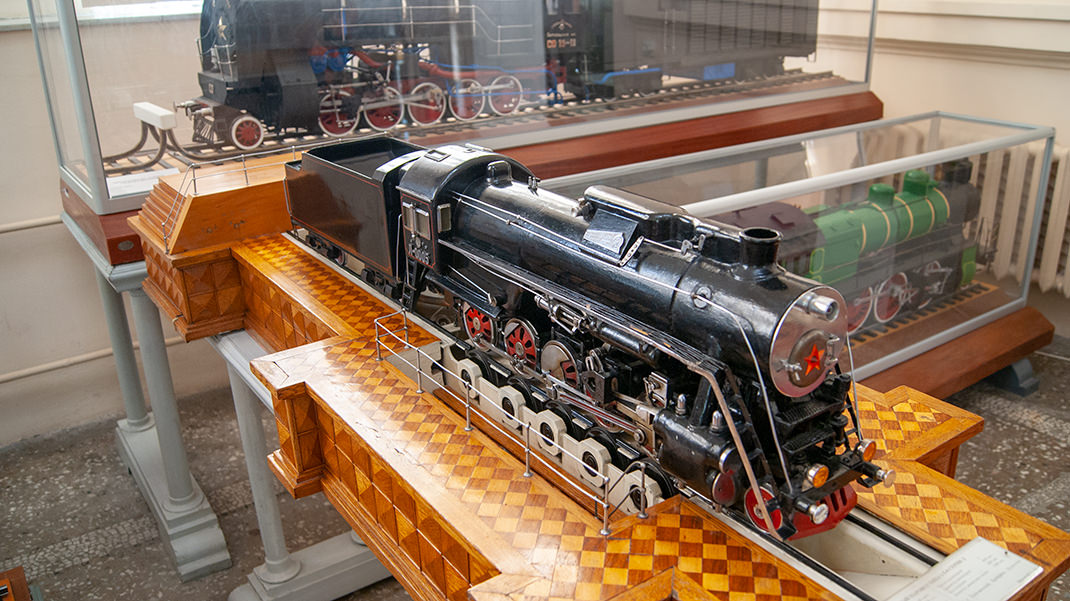
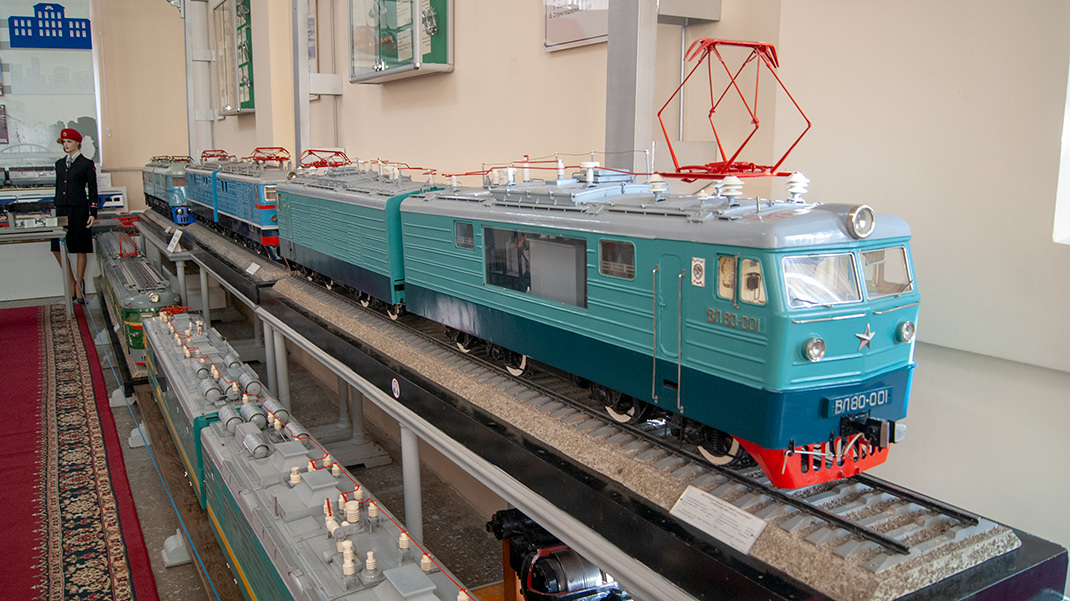
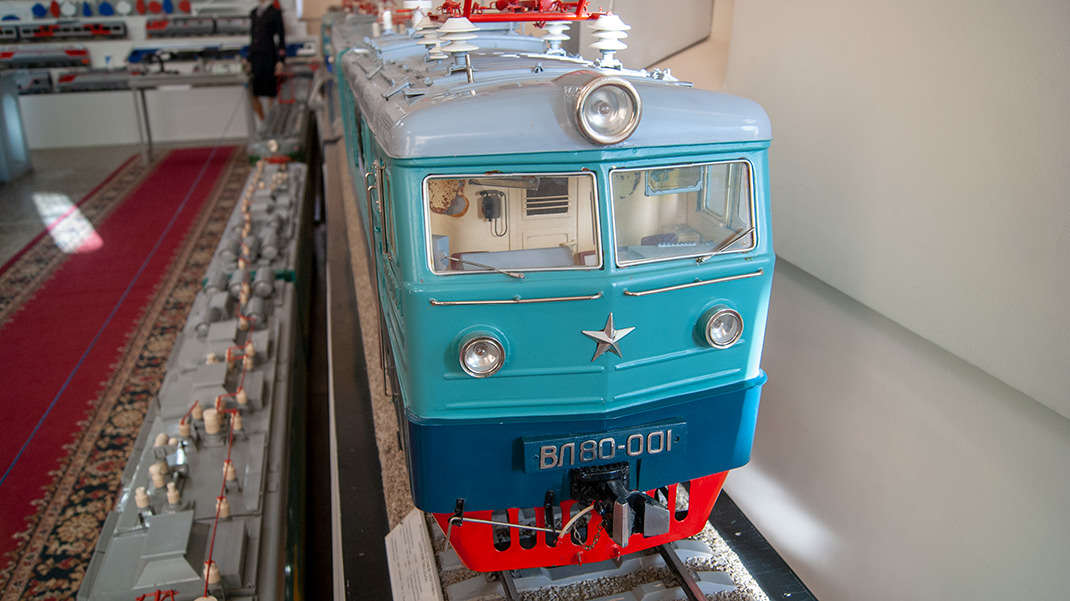
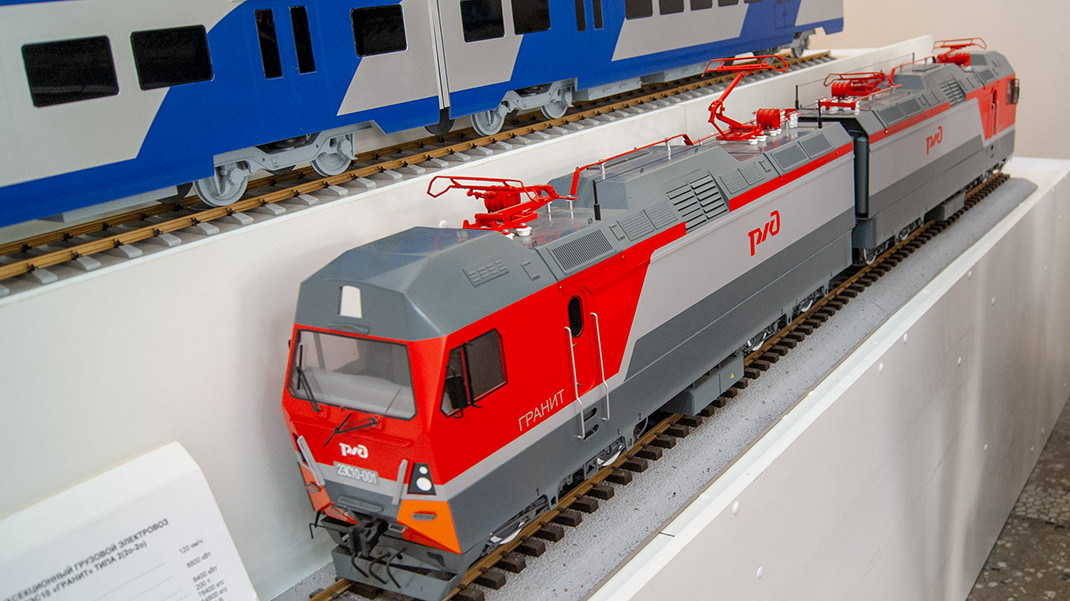
What to See
The museum is divided into nine thematic halls:
- "The Birth of Russian Railways";
- "Bridge Construction";
- "Rolling Stock";
- "Railways in the Great Patriotic War 1941–1945";
- "Construction and Road Machines";
- "Model of a Mechanized Sorting Hill";
- "Locomotive Construction";
- "Carriage Construction";
- "Train Movement Organization".
A small separate exhibition is dedicated to the metro and closely resembles the Metro Museum.




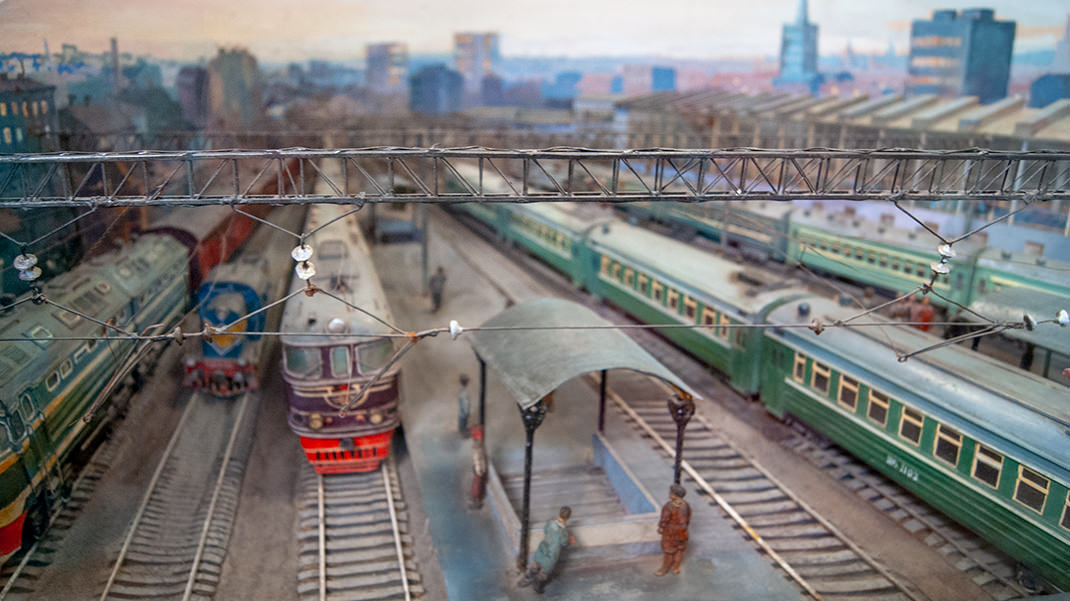
After visiting the museum, you can take a stroll through the nearby Yusupov Garden. If you're interested in the history of railway transport, we recommend visiting the Museum of Russian Railways at the Baltic Station.
In summary:
- A fascinating and extensive exhibition;
- There are interactive exhibits, such as the model of a mechanized sorting hill, but they can only be activated by a guide, so during a solo visit, you will only see a static exhibition;
- The museum is open daily except for the last Thursday of the month, which is a significant advantage, given that many museums are closed on Mondays or Tuesdays.



